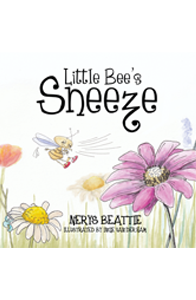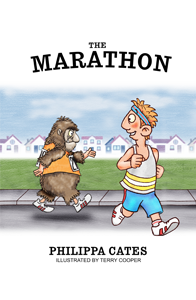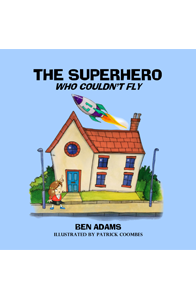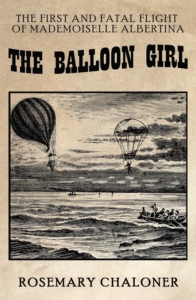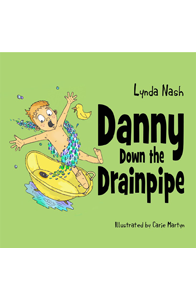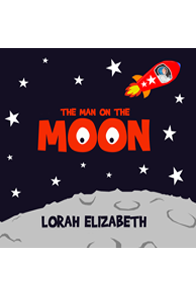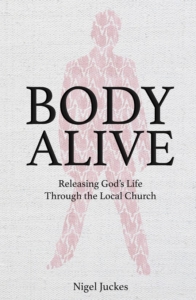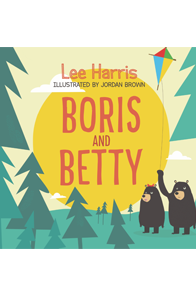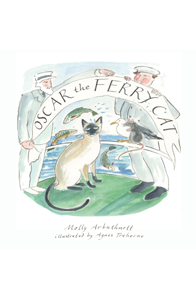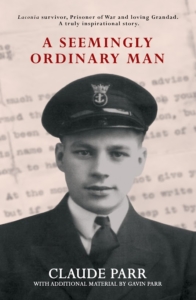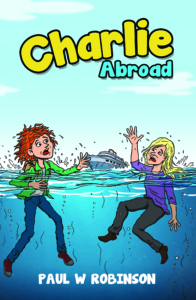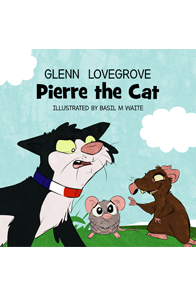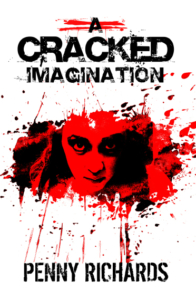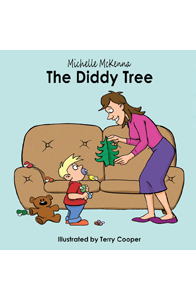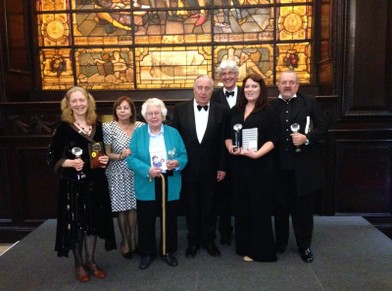Food for thought or, rather, let’s think about food. What I mean is that we should think about how food can add something to your writing. It may be the case that you’ve read many passages about a splendid banquet, arguments at the dinner table or lunch in a small café as an inconspicuous meeting place, but have you given any thought as to why these scenes have been included within the writing? I’ve no wish to patronise experienced readers and writers but in order to think about how we can use food or the practice of eating in our writing it is important to consider how those before us have employed it. In today’s blog we will have a look at Charles Dickens’ A Christmas Carol (1843) alongside a new novel by Alistair Moore entitled The Release (2018).
The first and probably most obvious link to make is that eating is a social behaviour. As much as we all like to sit down with our dinner in front of the TV from time to time there is still something satisfying about a cooked meal at a dinner table where everyone is together and sharing the experience. For those of us who rarely partake in this habit it is fair to say that Christmas Day is such an occasion when we might buck the trend, we may actually refrain from locking ourselves in a dark room all day with nothing but a mobile phone and Netflix to pass the time and leave that for the other 364 days of the year. On such an occasion we could be the tight-knit family unit so often portrayed in films and on TV or could even be like the Cratchit’s who, despite their poor fortune, all pulled together:‘The compound in the jug being tasted, and considered perfect, apples and oranges were put upon the table, and a shovel-full of chestnuts on the fire. Then all the Cratchit family drew round the hearth, in what Bob Cratchit called a circle’ (1843, 81-2). It is not a mad rush to the dinner table to get a larger portion of food than their sibling that is being displayed here, but food preparation as a social activity: ‘Mrs Cratchit made the gravy (ready beforehand in a little saucepan) hissing hot; Master Peter mashed the potatoes with incredible vigour; Miss Belinda sweetened up the apple-sauce’ (1843, 80). It’s scenes like these throughout the novel that really show the reader who the Cratchit’s are. Indeed, this was a family portrayed as one that worked hard for each other, appreciated their lot in life and enjoyed their modest pleasures together.
The same could be said in relation to the use of food in texts and negative social interactions. In witnessing the phenomenon that was Marley’s ghost, Scrooge was understandably quick to dismiss it as a trick of the mind but did so by arguing ‘You may be an undigested bit of beef, a blot of mustard, a crumb of cheese, a fragment of an underdone potato. There’s more of gravy than of grave about you, whatever you are!’ (1843, 45). In The Release, Moore dedicates an entire page to his character’s disdain for using the shared kitchen in his bedsit by rather poignantly opening the passage by comparing it to the feeling of trespassing (2018, 81). The café where Bennie prefers to eat and spend time is the setting for a number of scenes; at first it provides a certain anonymity but as he becomes part of the furniture he – uncomfortably at first – communicates more with them, he even avoids frequenting the establishment too much for fear ‘of losing those warm associations’ (2018, 82). On this occasion he visits a different place to eat and finds that the atmosphere is more intrusive, even though he was privy to more information he ‘tuned out of the conversation’ (2018, 84). The negative environment and the lack of social interaction in this instance went hand in hand. Likewise, Sanders – the father of the deceased – in struggling to describe the premature and tragic loss of a child turns to food to illustrate his point: ‘You’re never the same again. Nothing’s the same,’ he says. ‘Even food tastes different to how it used to. I wouldn’t wish it on anybody.’ In this respect, a link has been made between food and memory but, moreover, memories which are linked to relationships and social interactions or the lack thereof.
A final consideration of A Christmas Carol allows us to compare this with other Dickensian novels
which are all concerned with poverty and the division of the classes. This particular tale is no different and several examples can be found which promote sharing of wealth and providing for one’s fellow man; it is at the dinner table where further evidence can be found. It is fair to say that more wealth buys more food and larger sums of money can buy larger turkeys or more expensive birds (e.g. turkey as opposed to goose). Everything is relative and the Cratchits do not seem to mind but Bob Cratchit perhaps stretched his point by asking his family to toast the ‘Founder of the Feast’ aka Scrooge. At this point, Mrs Cratchit’s frustration boils over at the perceived injustice and imbalance of wealth, arguing that ‘I’d give him a piece of my mind to feast upon, and I hope he’d have a good appetite for it’ (1843, 83). At first it seems like an obvious use of food metaphors but it serves to draw attention to the very point I have been making about how the differences between poor and wealthy households could actually be found on the dining table.
In closing, John Mullan supports my argument by summarising as follows: ‘A meal is never just food. Novelists have long known what anthropologists discovered recently: social eating means something’ (2006, 204). Sight, sound, taste, smell, touch. The five senses are present in preparing, eating or even disposing of food. Whilst skilfully describing these things can make a particular piece of your writing create a scene I hope you are now considering your character and the characters that share their social space. An isolated person would invariably eat alone. A sense of loss can be compared by a family dinner scene both before and after the bereavement. If you are writing about a group of people who rarely come together then it may be that buffets at weddings or funerals are the only place to have them interact face to face (just don’t opt for four of one and only one of the other, it’s been done).
This week try to write and share a short story, a story which is solely set at the dinner table. I thought of a number of directions to provide, but on this occasion I really am interested in what people produce as you can all draw on personal experience for this piece. As always, sharing is caring so please respect everyone else’s submissions and only provide constructive feedback.
Happy writing, or maybe I should say, happy eating!
A blog by Steve Marshall
—
Further reading:
Dickens, C. (2003) First published 1843. ‘A Christmas Carol’ in A Christmas Carol and Other Christmas Writings. London: Penguin Books.
Lodge, D. (1992) The Art of Fiction. London: Penguin Books.
Moore, A. (2018) The Release. Candy Jar Books: Cardiff.
Mullan, J. (2006) How Novels Work. Oxford: Oxford University Press.
NB. You may purchase The Release on Candy Jar’s website by following this link!
A blog by Steve Marshall
—
Further reading:
Dickens, C. (2003) First published 1843. ‘A Christmas Carol’ in A Christmas Carol and Other Christmas Writings. London: Penguin Books.
Lodge, D. (1992) The Art of Fiction. London: Penguin Books.
Moore, A. (2018) The Release. Candy Jar Books: Cardiff.
Mullan, J. (2006) How Novels Work. Oxford: Oxford University Press.
NB. You may purchase The Release on Candy Jar’s website by following this link!








 In last week’s blog I asked everyone to have the courage to write. To write something, anything. Writing may come easier to some than to others so it got me thinking about where writing begins.
In last week’s blog I asked everyone to have the courage to write. To write something, anything. Writing may come easier to some than to others so it got me thinking about where writing begins. 

